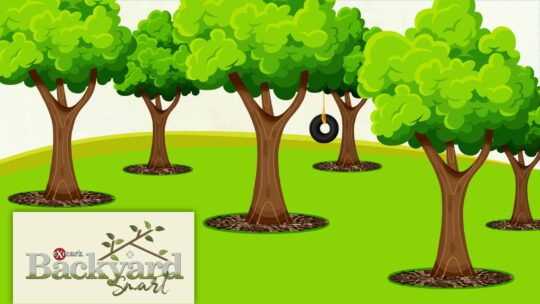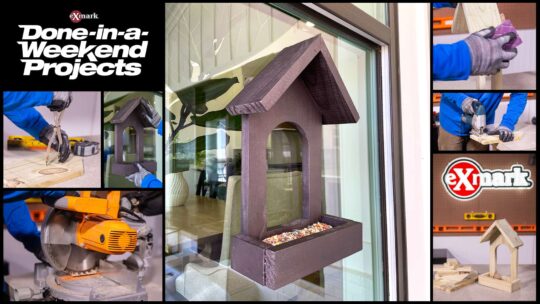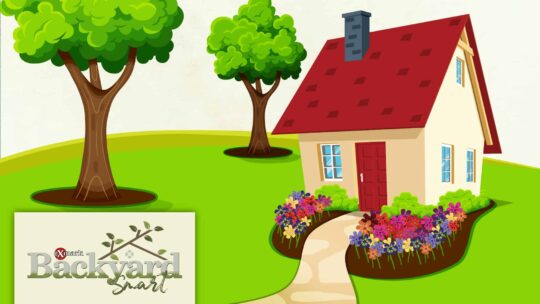If you can work the soil, you can plant. However, the ideal planting times—in late fall and early spring—should be taken into account. In this Backyard Life video, Joe Lamp’l discusses how to plant trees and shrubs in a way that leads to their year-round success.
Choose a Planting Location
There are two critical things to consider when deciding where to plant trees or shrubs: your landscape and the plant itself. “When in doubt, check the tag on the container,” says Lamp’l. Once you’ve determined how much sun or shade the plant needs, you can then pick the right area. After your planting location’s been determined, Lamp’l recommends positioning the plant or tree to determine how large the hole needs to be. He usually shovels out 2 to 3 times the width of the container. Using the tip of your shovel, draw a circle around your intended planting area for an easy template. Now, you’re ready to dig.
Laying Down Roots (literally)
Once your hole’s been dug, place the plant down in it. Lamp’l ensures he’s dug deep enough by placing his shovel across the hole to check that it lines up with the plant base. And, if you’re wondering, planting trees wrapped in burlap is easy, too. You’ll just need to cut it away after prepping.
The next step is to check the roots to ensure they’re not constricted in a circular pattern or “root bound,” Lamp’l explains. If they’re bound up, you’ll need to break them apart by hand. Lamp’l calls this “liberating the roots.” By doing this, you’ll help your trees and shrubs meet their full potential.
Adding Back Soil
As he begins shoveling in his shrub’s soil, Lamp’l pauses to debunk a common myth. “A lot of people think the soil they’ve bought from the store is better than the soil they dug out of the ground. That’s a myth.” When you use too much nutrient-dense soil, it keeps the roots from exploring and the plant reaching its full potential. That’s why Lamp’l backfills with the soil he took out.
How to Water Your Newly Planted Tree or Shrub
The key to watering after planting is fully saturating the root. However, Lamp’l warns against spraying too hard and heavy. He likes to use a water breaker to keep from drowning the plant. He also suggests lowering your hose down to a trickle and walking away for a few hours. This is the only time you’ll want to get the roots this wet; from here on out, Lamp’l recommends coming back every two to three days to water. A good way to determine if your shrub or tree needs water is to put your finger in the soil. If it comes out dirty, it’s good; if it comes out clean, it’s too dry.
Making the Most of Mulch
The last thing Lamp’l does is add some mulch. Mulch can be anything organic, but Lamp’l prefers to use two inches of shredded leaves. “This sets up trees and shrubs for success by helping hold moisture,” he explains. An optional step that Lamp’l takes is installing a battery-operated timer on his hose that comes on every 30 minutes for a short time. This way, if he’s traveling or busy, he can guarantee that his trees and shrubs are getting enough moisture while taking root during the winter.
If you follow Joe Lamp’l’s other gardening tips, we’ve got a feeling your new plants will thrive all season long.



